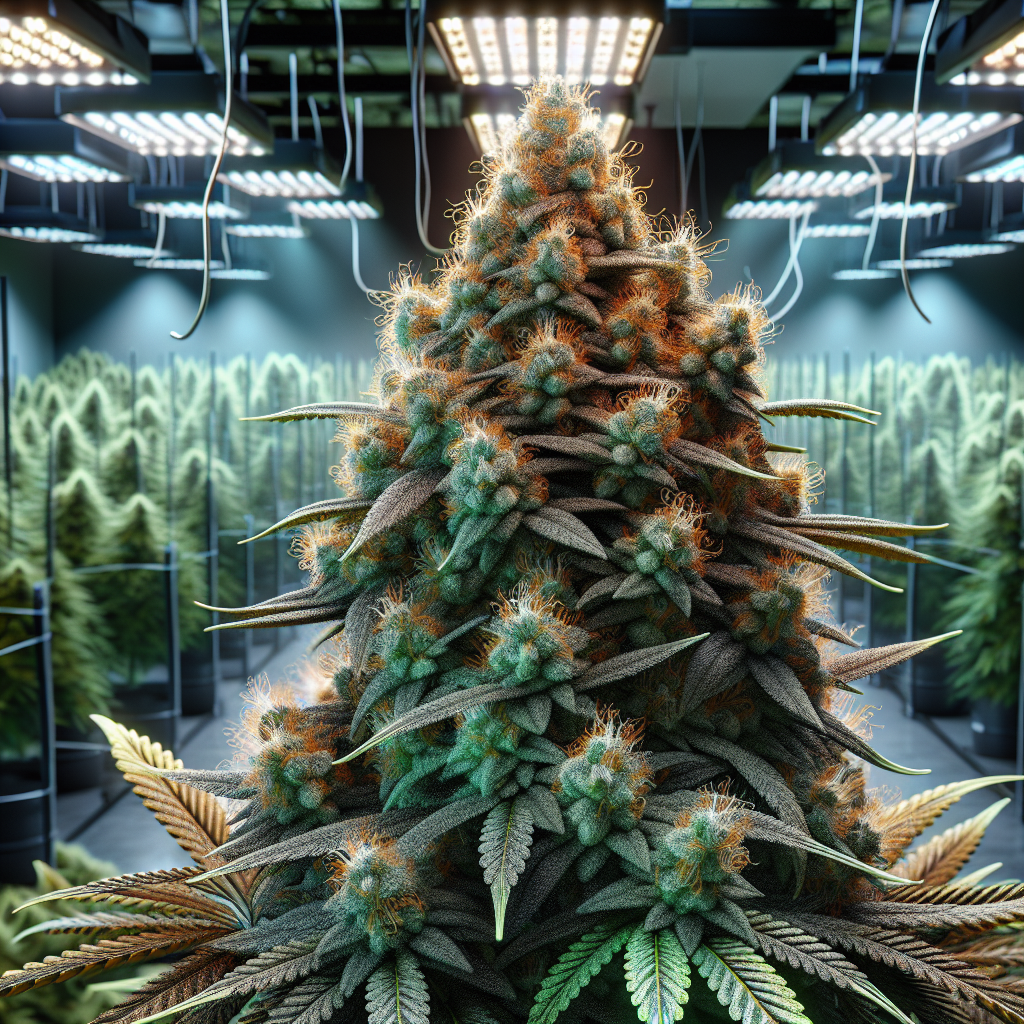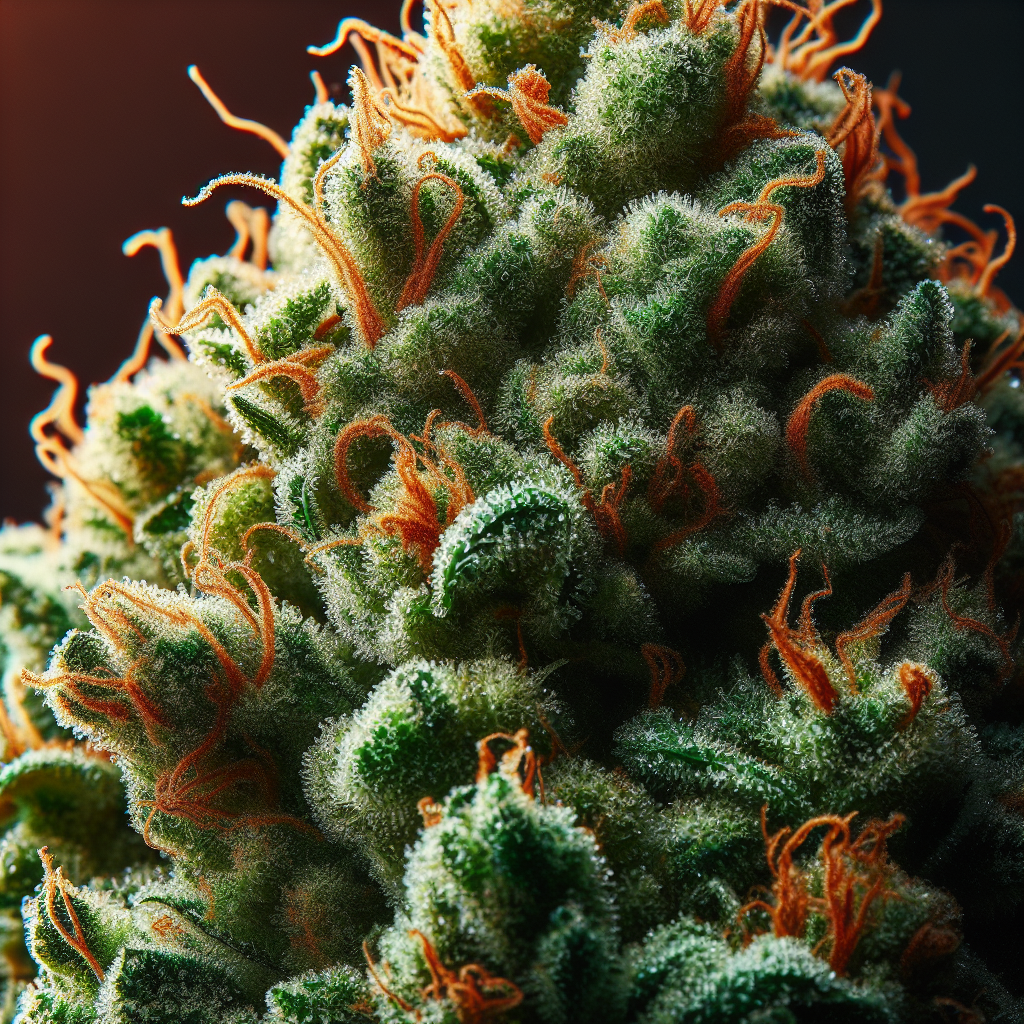Understanding the Endocannabinoid System: How Cannabis Interacts with the Body
In recent years, the conversation surrounding cannabis has shifted dramatically. Once primarily associated with recreational use, cannabis has gained recognition for its potential medicinal benefits. At the heart of this evolving understanding lies the endocannabinoid system (ECS)—a complex signaling system that plays a crucial role in maintaining homeostasis within the body. In this comprehensive article, we will explore the intricacies of the endocannabinoid system, how cannabis interacts with it, and the implications for health and wellness.
What Is the Endocannabinoid System?
The endocannabinoid system is a biological network composed of endocannabinoids, receptors, and enzymes responsible for synthesizing and breaking down these endocannabinoids. Its discovery in the early 1990s revolutionized the understanding of how cannabinoids impact the human body. The ECS is involved in regulating various physiological processes, including pain perception, mood, appetite, memory, and immune function.
Key Components of the ECS
-
Endocannabinoids: These are naturally occurring lipids produced by the body. The two primary endocannabinoids identified to date are anandamide (AEA) and 2-arachidonoylglycerol (2-AG). These molecules bind to cannabinoid receptors and modulate various biological functions.
-
Cannabinoid Receptors: The ECS contains two main types of cannabinoid receptors:
- CB1 Receptors: Predominantly found in the brain and central nervous system, CB1 receptors are primarily responsible for the psychoactive effects of THC (tetrahydrocannabinol), the main psychoactive compound in cannabis. They also play a role in appetite regulation, pain sensation, and mood.
- CB2 Receptors: Primarily located in the peripheral nervous system and immune cells, CB2 receptors are involved in modulating pain and inflammation. They do not produce psychoactive effects when activated by cannabinoids.
- Enzymes: Enzymes break down endocannabinoids once they have fulfilled their function. The main enzymes involved include fatty acid amide hydrolase (FAAH), which breaks down anandamide, and monoacylglycerol lipase (MAGL), which degrades 2-AG.
How Cannabis Interacts with the Endocannabinoid System
Cannabis contains over 100 different compounds known as cannabinoids, each interacting with the ECS in unique ways. The most well-known cannabinoids are THC and cannabidiol (CBD).
THC: The Psychoactive Component
THC is the primary psychoactive component of cannabis, responsible for the "high" that users experience. It mimics the action of anandamide and binds predominantly to CB1 receptors in the brain. This interaction leads to various effects:
- Euphoria: The binding of THC to CB1 receptors stimulates dopamine release, leading to feelings of pleasure and euphoria.
- Increased Appetite: THC activation of CB1 receptors in the hypothalamus stimulates hunger, which is why it is often referred to as "the munchies."
- Altered Perception: THC can distort sensory perception and affect time perception, mood, and cognitive functioning.
CBD: The Non-Psychoactive Cannabinoid
CBD is another major cannabinoid found in cannabis, but unlike THC, it does not produce psychoactive effects. Instead, it has garnered attention for its potential therapeutic effects. CBD interacts with the ECS in non-traditional ways. It does not bind directly to CB1 or CB2 receptors but has been shown to modulate their activity.
Potential Benefits of CBD
- Anxiety Relief: CBD has been studied for its anxiolytic properties. It is believed to work by influencing the brain’s serotonin receptors, which regulate mood and anxiety.
- Anti-inflammatory Effects: CBD’s interaction with CB2 receptors can help reduce inflammation, making it of interest for conditions like arthritis and autoimmune disorders.
- Neuroprotective Properties: Research suggests that CBD may have neuroprotective effects and could be beneficial in treating conditions such as epilepsy and neurodegenerative diseases.
The Role of the ECS in Homeostasis
Homeostasis is the body’s ability to maintain a stable internal environment despite external changes. The ECS plays a vital role in achieving this balance by regulating various physiological processes. Here are some key functions:
Pain Regulation
The ECS modulates pain perception through its receptors, particularly by inhibiting the release of neurotransmitters that transmit pain signals. Cannabinoids like THC can provide relief from chronic pain conditions, such as neuropathy and arthritis, by engaging the ECS.
Mood and Stress
The ECS is involved in regulating mood and emotional responses. Research has shown that anandamide plays a role in the brain’s reward system and can positively influence mood and reduce anxiety. Cannabinoids, particularly CBD, have also shown promise in managing mental health disorders like anxiety and depression.
Appetite and Metabolism
The ECS influences appetite through the activation of CB1 receptors. THC, for instance, is known to stimulate appetite, which can benefit individuals undergoing treatments that cause weight loss, such as chemotherapy. Conversely, some researchers are exploring CB1 antagonists for weight loss and metabolic regulation.
Immune System Modulation
The ECS plays a role in the immune response. By interacting with CB2 receptors, cannabinoids can modulate the activity of immune cells, potentially offering anti-inflammatory and immunosuppressive effects. This has implications for treating autoimmune diseases and inflammatory conditions.
Health Benefits of Cannabis through the ECS
The interaction of cannabinoids with the ECS opens the door to several therapeutic possibilities. Here are some promising areas of research:
Pain Management
Cannabis has been studied for its efficacy in treating chronic pain conditions. The combination of THC and CBD has shown promise in alleviating pain without the significant side effects associated with traditional pain medications, such as opioids.
Anxiety and Stress Relief
As mentioned earlier, cannabinoids like CBD have been studied for their anxiolytic effects. They may help reduce anxiety symptoms in various conditions, including generalized anxiety disorder and social anxiety disorder.
Neurodegenerative Conditions
The ECS’s protective roles in neurodegeneration have garnered interest in diseases like Alzheimer’s and Parkinson’s. Studies suggest that cannabinoids may help reduce neuronal inflammation and promote neurogenesis, leading to potential therapeutic strategies.
Epilepsy
CBD gained considerable media attention due to its effectiveness in treating certain forms of epilepsy, such as Dravet syndrome. The FDA has approved Epidiolex, a CBD-based medication, for treating these severe seizure disorders.
Cancer Treatment
While cannabis itself is not a cure for cancer, preliminary studies suggest it may help manage symptoms related to cancer treatment, including pain, nausea, and appetite loss. Ongoing research is examining the potential of cannabinoids to inhibit tumor growth.
Challenges and Future Directions
Despite the growing body of evidence supporting the ECS’s role in health and disease, there are challenges that researchers and policymakers must address:
-
Regulatory Hurdles: The classification of cannabis as a Schedule I substance in the United States has limited research opportunities. More studies are needed to fully understand the ECS and the therapeutic potential of cannabinoids.
-
Individual Variability: The endocannabinoid system’s function can vary significantly among individuals due to genetics, overall health, and environmental factors. Personalized approaches to cannabis therapeutics may be necessary.
-
Quality Control: The cannabis market varies widely in terms of product quality and potency. Ensuring standardized dosing and purity will be crucial for maximizing therapeutic benefits.
- Public Perception: Despite increasing acceptance of cannabis for medicinal use, stigma and misinformation still persist. Continued education and research dissemination are vital for improving public understanding.
Conclusion
The endocannabinoid system represents an intricate and essential component of human physiology, influencing numerous bodily functions. As research continues to unveil its complexities, the potential therapeutic applications of cannabis through ECS interactions become increasingly clear. Those interested in exploring cannabis for health purposes should consult healthcare professionals to receive guidance tailored to their needs.
The landscape of cannabis and its impact on health is continually evolving. As society moves toward more acceptance and understanding of cannabis, it highlights the importance of ongoing research into the endocannabinoid system and its implications for health and wellness.
FAQ Roundup
1. What is the endocannabinoid system?
The endocannabinoid system (ECS) is a biological system involved in regulating various physiological processes, including pain, mood, appetite, and immune response. It consists of endocannabinoids, cannabinoid receptors (CB1 and CB2), and enzymes that synthesize and break down endocannabinoids.
2. How does cannabis affect the endocannabinoid system?
Cannabis contains cannabinoids like THC and CBD, which interact with the ECS. THC binds to CB1 receptors and produces psychoactive effects, while CBD modulates the activity of ECS receptors without causing a "high."
3. What are the health benefits of cannabis?
Cannabis may offer various health benefits, including pain relief, anxiety reduction, appetite stimulation, and potential neuroprotective properties. It’s being researched for conditions like epilepsy, anxiety disorders, and chronic pain.
4. Is cannabis safe for everyone?
Cannabis may not be suitable for everyone, especially individuals with certain psychiatric conditions or those taking medications that interact with cannabinoids. Consulting a healthcare provider before using cannabis for health purposes is essential.
5. Can CBD get you high?
No, CBD is non-psychoactive, meaning it does not produce the "high" associated with THC. However, it can have potential therapeutic effects and may help with anxiety, inflammation, and other conditions.
6. Are there side effects of using cannabis?
Yes, potential side effects of cannabis use can include dizziness, dry mouth, altered cognition, and anxiety. The effects can vary based on the individual, dosage, and method of consumption.
7. How can I find quality cannabis products?
Seek cannabis products from reputable sources that provide lab testing results and transparent ingredient lists. Consult with knowledgeable dispensary staff or healthcare providers for guidance on reputable brands and products.
8. How is the research on cannabis evolving?
Research on cannabis is expanding, focusing on its potential therapeutic applications and understanding its interactions with the endocannabinoid system. As regulations change and stigma decreases, more studies will be conducted to explore its benefits and safety.
9. What are the legal considerations regarding cannabis?
The legality of cannabis varies by region and country. In some places, it is fully legal for recreational and medicinal use, while in others, it remains prohibited. Always check your local laws regarding cannabis use and possession.
10. What should I consider before using cannabis for health purposes?
Before using cannabis, consult a healthcare professional for personalized advice considering your health history, existing conditions, and any medications you may be taking. Understanding dosage, potential interactions, and strains suited to your needs is crucial.
In Conclusion
Cannabis and the endocannabinoid system represent a burgeoning field of research with vast potential for therapeutic applications. With continued exploration and understanding, individuals can make informed decisions about their health and the potential benefits of incorporating cannabis into their wellness routines.





